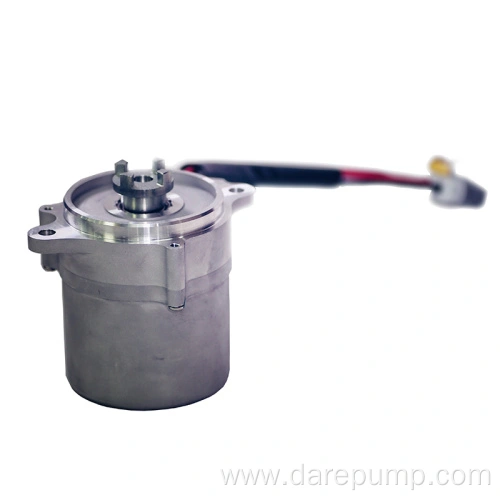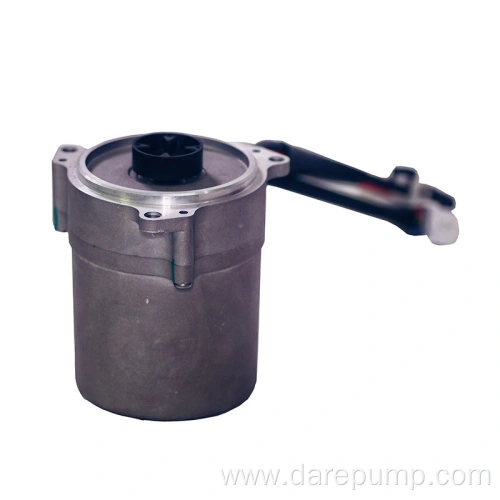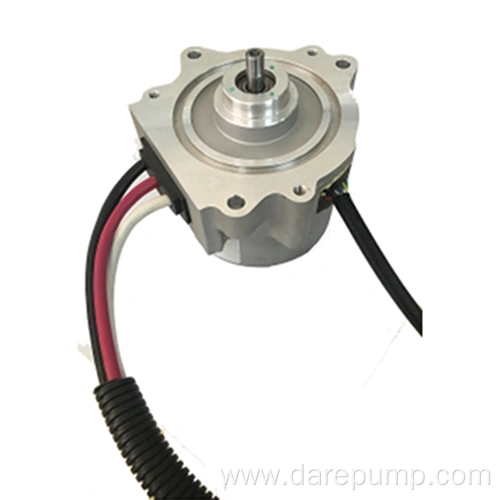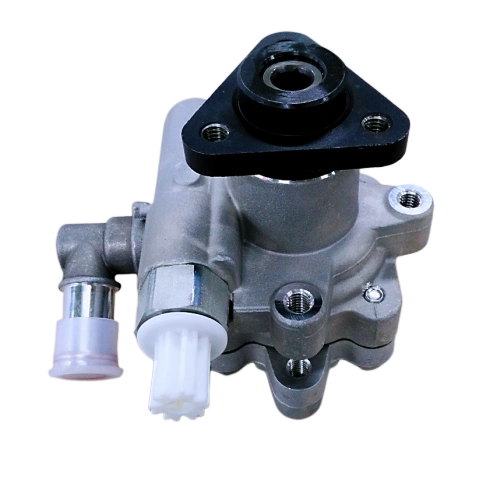Product Details

Electric power steering motor
Subcategory
Keywords
- Description
-
Product Attributes
Model: FM03
Brand: FZB
Origin: China
Brushed/Brushless Motor: Brushless
Voltage: 12V, 24V, 48V, 36V
Certification: Iso9001Packaging and Delivery
Sales Unit: Piece
Packaging Type: Paper Box, PalletDescription
Electric Power Steering (EPS) Motor
Compared to traditional steering systems, electric power steering systems offer many advantages, reflected in higher system efficiency and driving comfort. It is reassuring that in some applications, fuel consumption has been reduced by 6%, equivalent to a decrease of about 8 grams of carbon dioxide emissions per kilometer. Extremely low cogging torque, low noise, and high power density are the main advantages of Mahle EPS motors. To ensure functional safety, we offer additional options such as dual-wound stators.
Key ParametersParameters FM05 Series Rated Load Voltage-U 12 V Current-I Maximum 115A (Peak) Power/Torque 460 W/4.2N.m Speed 1050rpm Cogging Torque Maximum 0.030Nm Friction Torque Maximum 0.027Nm Noise Maximum 45 dB The basic principle of EPS is that the torque sensor is connected to the steering shaft. When the steering shaft is in operation, the torque sensor begins to work, converting the angular displacement of the input and output shafts under the action of the torque rod into an electrical signal, which is transmitted to the ECU. The electronic control unit determines the rotation direction of the motor and the magnitude of the assist current based on signals from the vehicle speed sensor and the torque sensor, thus achieving real-time adjustment of the steering assist.
Related Products
Product Consulting
* Note: Please be sure to fill in the information accurately and keep the communication unblocked. We will contact you as soon as possible







